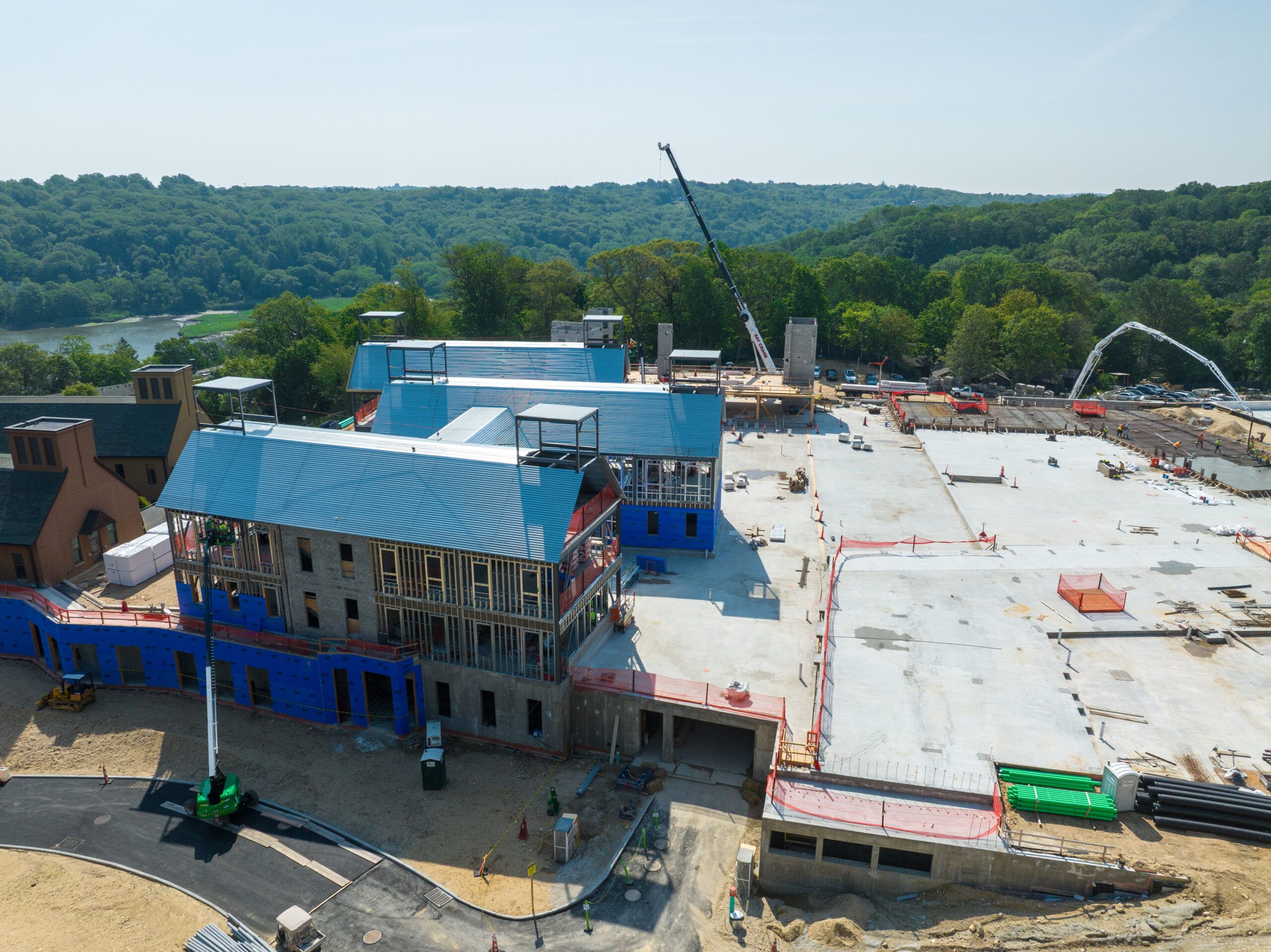Installing a dishwasher might seem like a straightforward task, but even small mistakes can lead to big problems down the line. Whether you’re upgrading an old unit or setting up a dishwasher for the first time, it’s crucial to get it right the first time. In this guide, we’ll walk you through some of the most common mistakes people make when installing a dishwasher—and how to avoid them.
1. Not Measuring Properly Before Installation
One of the most overlooked steps in installing a dishwasher is measuring the space correctly. Many homeowners assume their new dishwasher will fit where the old one was, only to realize too late that it’s slightly too big or too small. Before purchasing a dishwasher, measure the height, width, and depth of the designated space to ensure a perfect fit.
Pro Tip: Don’t forget to account for any flooring differences or obstructions like pipes and electrical outlets.
2. Ignoring the Manufacturer’s Instructions
Each dishwasher model has specific installation requirements, yet many people either skim through the manual or ignore it altogether. This can lead to improper setup, which may cause performance issues or even damage your new appliance. Take the time to read the manual carefully before getting started.
Pro Tip: Most manufacturers provide online video tutorials that make installing a dishwasher easier—take advantage of these resources!
3. Poor Drain Hose Installation
The drain hose is a critical part of your dishwasher’s plumbing system, and installing it incorrectly can lead to leaks or drainage issues. One of the most common mistakes is failing to create a high loop or properly connecting the hose to the drain line.
How to Avoid This:
- Ensure the drain hose forms a high loop under the sink to prevent backflow.
- Connect it securely to the garbage disposal or sink drain using the correct fittings.
- Check for leaks after installation by running a test cycle.
4. Skipping the Leveling Step
A properly leveled dishwasher is essential for its performance and longevity. If your dishwasher is tilted, it may not drain correctly, causing water to pool at the bottom and leading to unpleasant odors or mold growth.
How to Fix This:
- Use a level to check if the dishwasher is even on all sides.
- Adjust the legs as needed until the appliance sits perfectly level.
- Double-check the door closure to ensure it seals properly.
5. Forgetting to Turn Off Power and Water Supply
This one may seem obvious, but it’s a common mistake that can lead to accidents. Always turn off the power at the circuit breaker and shut off the water supply before starting the installation process. This prevents electrical hazards and water damage.
Pro Tip: Test the power and water connections before fully securing the dishwasher in place to ensure everything is working properly.
6. Using the Wrong Type of Connector
A common error when installing a dishwasher is using incompatible connectors for the water supply line. Many older dishwashers used rubber hoses, but modern dishwashers typically require braided stainless steel hoses for durability and leak prevention.
What to Do Instead:
- Use a high-quality braided stainless steel hose for longevity.
- Check that all fittings are tightly secured to prevent leaks.
- If you’re unsure about the connections, consult a professional.
7. Not Checking for Leaks After Installation
Once you’ve finished installing a dishwasher, don’t assume everything is working perfectly—always check for leaks. Even a small drip can cause significant water damage over time.
How to Spot Leaks:
- Run a short test cycle and inspect under the sink for any signs of water.
- Check the connections at the water supply line and drain hose.
- If you notice any leaks, tighten the fittings or apply plumber’s tape as needed.
8. Forgetting to Secure the Dishwasher
A dishwasher that isn’t properly secured can shift over time, affecting its performance and potentially causing leaks. Many homeowners forget to attach the mounting brackets, leaving their dishwasher unstable.
Solution:
- Secure the dishwasher to the underside of the countertop using the provided brackets.
- If you have a stone or granite countertop, use side brackets instead.
- Double-check that the unit doesn’t wobble before finishing installation.
Final Thoughts
Installing a dishwasher correctly is essential for its efficiency, safety, and longevity. By avoiding these common mistakes, you can ensure your dishwasher runs smoothly for years to come. Take your time, follow the instructions, and always double-check your work.
If you’re ever in doubt, don’t hesitate to consult a professional plumber or technician. A properly installed dishwasher not only saves you from costly repairs but also gives you peace of mind every time you run a cycle.
Have you had any issues while installing a dishwasher? Share your experiences in the comments below!











